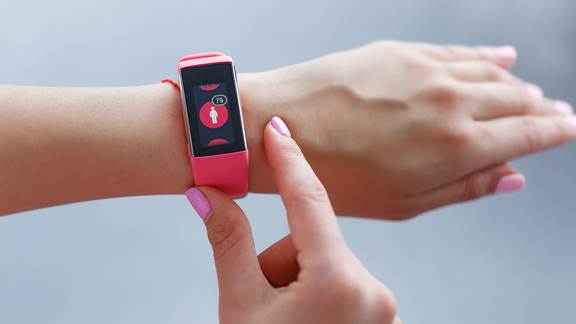In less than a generation, we have moved from a world where technology was big, rare, and tethered to a wall, to one in which technology is small, everywhere, and tethered to a human.
And, most relevant to the healthcare industry, a significant proportion of people are actively choosing to wear devices that sense, record and analyse personal data - from physical activity to blood pressure. With the wearable category forecast to grow by over 20% per year to almost $90B by 2023, the challenge is not to equip patients with new gear, but to leverage its ubiquity in ways that deliver value to payers, HCPs, and patients.
The value from getting this right is huge with potential savings to the global healthcare sector estimated to exceed $200B over the next 25 years. This means not just driving adherence to drug regimens through alerts and reminders, but tracking the contextual drivers behind non-adherence and measuring the impact of medicines in real-time. It means better information for HCPs in advance of, and at the point of, diagnosis. And it means a different, more empowered relationship between patients and their own health, making smarter decisions about whether a routine check-up is necessary, and so using their own time better, as well as that of their doctor.
For corporate health insurance plans, wearable-sourced data can drive not just more accurate forecasting, but real changes in human behaviour and health outcomes. If the healthcare industry makes the right plays with the right connected technology, it is pushing at an open door, with most consumers equipped and willing to deploy wearable technology to the advantage of both themselves and their providers. The challenge is planning how and where to start, and how to make that potential future a practical reality.
To find out more, read the full report: The Healthcare Disconnect; Making Personalised Healthcare Happen.
